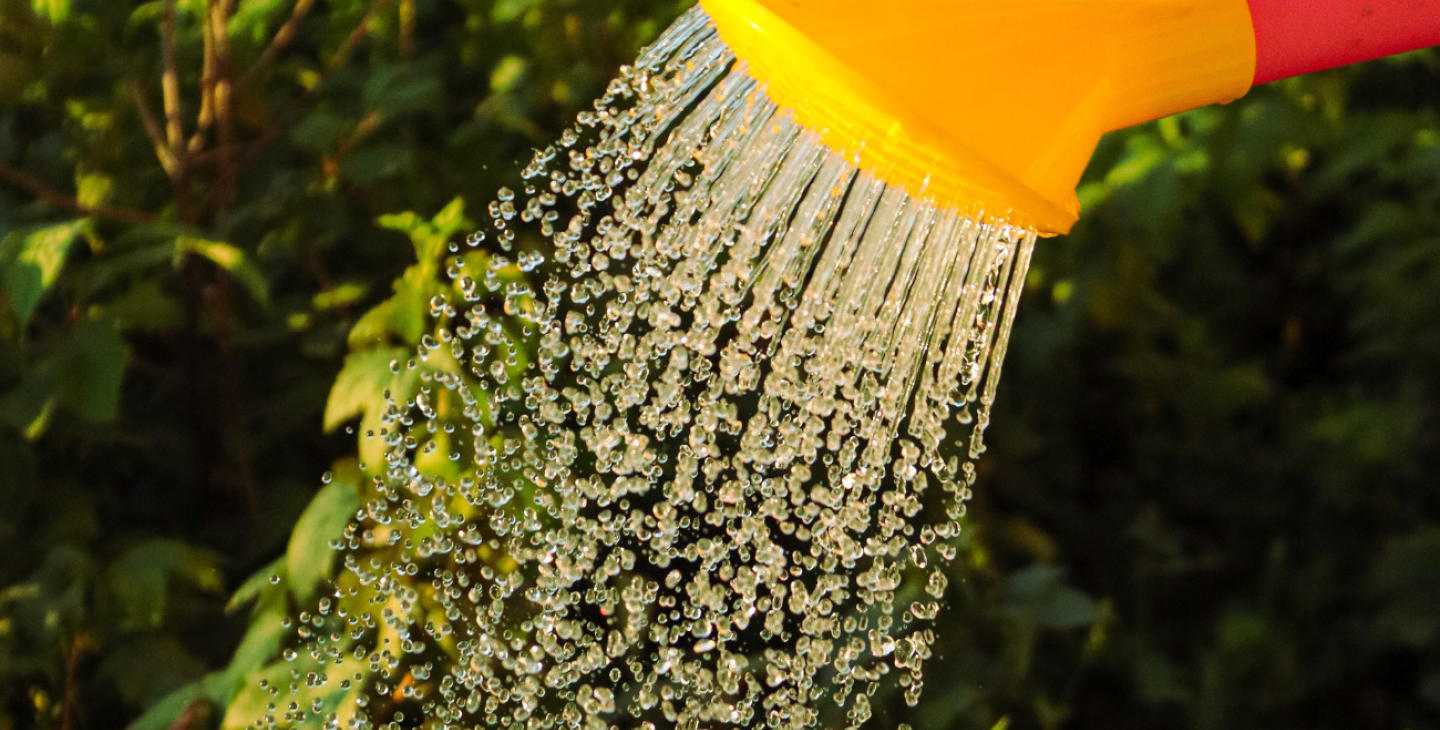With spring already turning into summer, now is the best time to start thinking about how you can spruce up your garden ready for the summer.
While you can use the quieter winter and early spring months to plan for new plants or seeding, these later months leading into summer are ideal for general tidying and nurturing as the weather improves.
Also remember, if you’re considering selling your home, the garden is one of the most desirable features of any property so you want to make sure that it looks its best.
Here are our top 7 summer gardening tips that you can use to get your garden summer-ready:
1. Weeding and mulching
Weeds are inevitable and you should always try to stay on top of your weeding wherever possible but now is the most important time to start intervening.
As the weather improves and your garden experiences both sun and rain, the weeds will start taking vital nutrients and space from your plants.
Take the time to remove weeds when they appear. The best approach is ‘little and often’, rather than leaving it for a single, big weeding job. You’ll want to remove them and either burn them or add them to your grass/garden bin. Don’t compost them, as they’ll germinate and cause you bigger issues down the line.
Weeding tips: Apply mulch where you can and weed after it rains when the soil is moist.
2. Start your summer lawn-care routine
Your lawn is going to see the most action in the summer between barbecues, foot traffic and hot, dry weather.
If you’re cutting your lawn ready for summer, think about raising your lawnmower blades and keep the lawn slightly longer to reduce stress as it dries out.
While it’s normal for your lawn to yellow during this dry weather, even a small amount of rainfall will bring it back to life. It’s not necessary to water your lawn during the summer but if so, once a week is usually sufficient. Spiking the lawn with a fork can help aerate the soil and ensure better water penetration.
3. Feed your plants
If you want to get the most out of your summer plants, you’ll need to start feeding them regularly - especially if they’re grown in containers.
General purpose plant food is usually suitable for summer plants but if you’re growing fruit and veg, make sure that you use food designed for use with edible plants.
Set a reminder on your phone so you always know when to feed your plants - the instructions on the food will help you establish a routine.
Related: What is No Mow May and why take part?
4. Start to ‘deadhead’ your flowering plants
Another clever summer gardening tip is to deadhead any of your flowering plants. This can really help you increase how many flowers your plants produce and is easy to do every so often.
‘Deadheading’ is the process of removing any flowers that are dead or drooping. Doing this stops the plant from setting seed and so it typically produces more flowers in the summer.
If you want to deadhead a plan, snip or pinch the flower off below the base - don’t just pull the petals off.
5. Avoid over-watering
When you’re thinking about watering your plants during these late-spring/summer months, you may not need to do it as much as you think. This is especially true if your soil is healthy or the ground is covered in mulch.
Think about watering your garden in the morning or in the evening and only water if your plants start to droop. Don’t just water the surface of the soil as this can lead to shallow rooting.
You’ll want to water thoroughly and sparingly so that your plants are supported for longer during hotter weather.
6. Keep the patio clean
It’s natural for your patio to become dirtier as you do more gardening, with these areas generally accumulating both debris and dirt.
Always take the time to have a quick tidy-up, either by sweeping or hosing the area down. If you have a pressure washer this is a great time to use it.
If you have garden furniture, now is the time to give it a clean and replace any older or broken pieces. If it’s still in good condition, you might just need some accessories to freshen it up. Add some new cushions, blankets or a throw for colder nights.
Remember that your patio is usually the first thing that visitors will see of your garden, so keeping it clean and organised ensures a good first impression.
7. Prepare pops of colour
Summer bedding plants are a great way of adding colour to your garden, filling in the gaps and ideal if you’re focusing on container gardening.
Position your containers near your patio or outdoor seating to get the most out of their blooms.
If you’re looking for the best summer bedding plants, garden centres and DIY stores will start stocking summer garden plants now.








